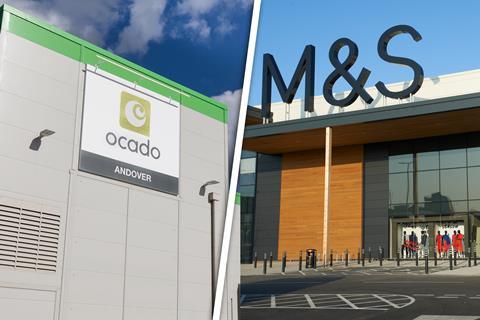
Tim Steiner drives a hard bargain. Instead of paying a £15m a year fee to Waitrose for the right to sell its own label goods, the Ocado boss has negotiated a deal to do broadly the same thing - and bagged £750m in the process!
By making it a 50/50 joint venture - rather than flogging it - he’s even avoided a £40m penalty fee to Waitrose. And the jv will also pay a £50m fee to Ocado Solutions.
He’s also further differentiated the Ocado proposition in terms of range - which is so crucial in grocery these days - as the exclusive online distributor of the 7,000-strong M&S range (rather than having to compete with its biggest supplier).
True, Ocado will have to plug gaps in the M&S range, most obviously some Essential Waitrose products. But it’s a bigger range overall (Waitrose has 4,500 lines). M&S also claimed that on the 3,500 comparable items it was 4% cheaper on average.
M&S and Ocado forge a transformational deal - at what cost?
It helps Steiner’s negotiating position that Ocado had £0.5bn of cash in the bank on the eve of the deal. “I don’t need the money,” he told journalists at a press conference. “Financially, I would rather own all the equity. But I want the alignment. I want the shared interest.” The bitter rivalry with Waitrose has clearly scarred.
If the upside is obvious for Ocado, the market has struggled to comprehend the rationale for M&S spending £750m for half of a business that makes a £35m profit. On the other hand there are at least £70m of synergies. And with Ocado’s own label sales north of £550m, the deal delivers scale: almost 10% more sales, equivalent to operating an extra 130-150 or so Simply Foods stores, or around 65-75 larger format Foodhalls. And it’s the Foodhalls that are most important here. While M&S has been closing stores, and has stopped opening Simply Food stores, it’s still interested in opening new ones - if they’re big enough to showcase its full range, as they deliver far more profit.
Teaming up with Ocado, however, it can deliver the full range to 75% of the population, including in locations in which the nearest M&S store offers only a limited range (almost 80%). Of course, in doing so, sales and footfall in existing Foodhalls may fall. On the other hand, M&S customers spend £2.3bn on food online. None of this currently in M&S and only £400m in Ocado. So there’s a big upside for both. It’s not a disaster for Waitrose either. It will be in full control of its online relationship with customers. But as Steiner says, “for every Waitrose customer we may lose I expect to gain five M&S ones”.







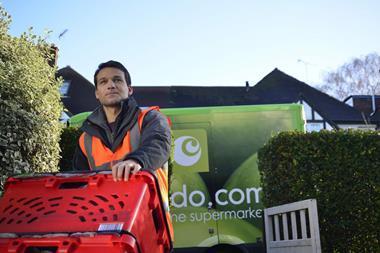

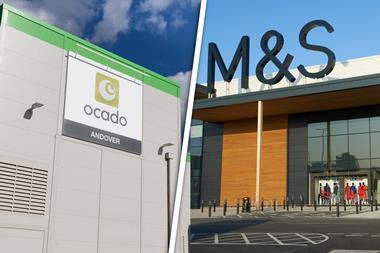
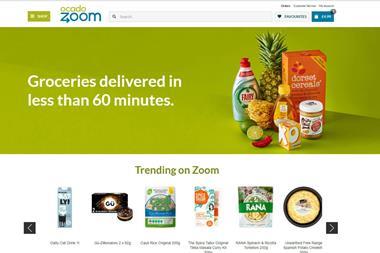

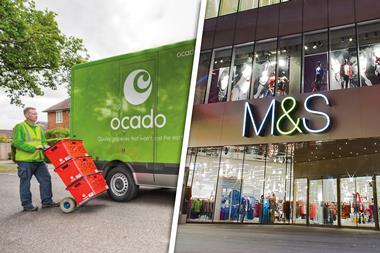




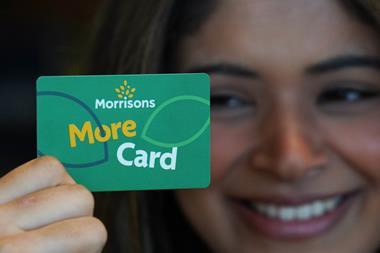

No comments yet